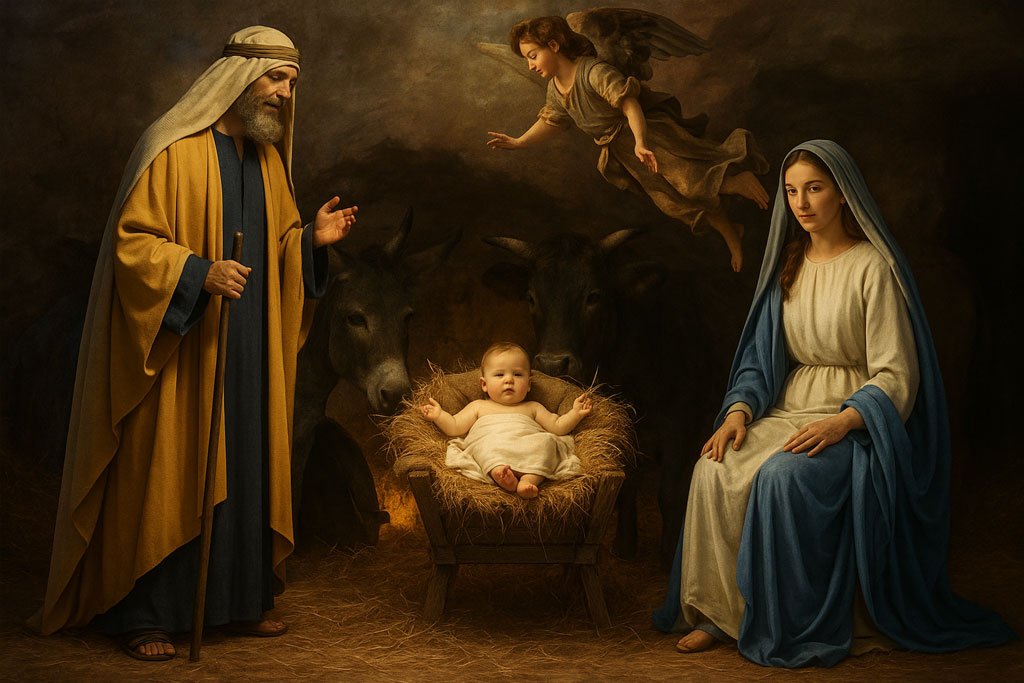The custom, which began in the 19th century but had roots in the 16th, originally involved a fir wreath with 24 candles (the 24 days before Christmas, starting December 1), but the awkwardness of having so many candles on the wreath reduced the number to four. An analogous custom is the Advent calendar, which provides 24 openings, one to be opened each day beginning December 1. According to tradition, the calendar was created in the 19th century by a Munich housewife who tired of having to answer endlessly when Christmas would come. The first commercial calendars were printed in Germany in 1851. The intense preparation for Christmas that is part of the commercialization of the holiday has blurred the traditional liturgical distinction between Advent and the Christmas season, as can be seen by the placement of Christmas trees in sanctuaries well before December 25.
Lighting of the U.S. National Christmas Tree, Washington, D.C., 2008.Donna Spiewak/NPS
Toward the end of the 18th century the practice of giving gifts to family members became well established. Theologically, the feast day reminded Christians of God’s gift of Jesus to humankind even as the coming of the Wise Men, or Magi, to Bethlehem suggested that Christmas was somehow related to giving gifts. The practice of giving gifts, which goes back to the 15th century, contributed to the view that Christmas was a secular holiday focused on family and friends. This was one reason why Puritans in Old and New England opposed the celebration of Christmas and in both England and America succeeded in banning its observance.
The tradition of celebrating Christmas as a secular family holiday is splendidly illustrated by a number of English “Christmas” carols such as “Here We Come A-Wassailing” or “Deck the Halls.” It can also be seen in the practice of sending Christmas cards, which began in England in the 19th century. Moreover, in countries such as Austria and Germany, the connection between the Christian festival and the family holiday is made by identifying the Christ Child as the giver of gifts to the family. In some European countries, St. Nicholas appears on his feast day (December 6) bringing modest gifts of candy and other gifts to children. In North America the pre-Christmas role of the Christian saint Nicholas was transformed, under the influence of the poem “A Visit from St. Nicholas” (or “ ’Twas the Night Before Christmas”), into the increasingly central role of Santa Claus as the source of Christmas gifts for the family. While both name and attire—a version of the traditional dress of bishop—of Santa Claus reveal his Christian roots, and his role of querying children about their past behaviour replicates that of St. Nicholas, he is seen as a secular figure. In Australia, where people attend open-air concerts of Christmas carols and have their Christmas dinner on the beach, Santa Claus wears red swimming trunks as well as a white beard.
